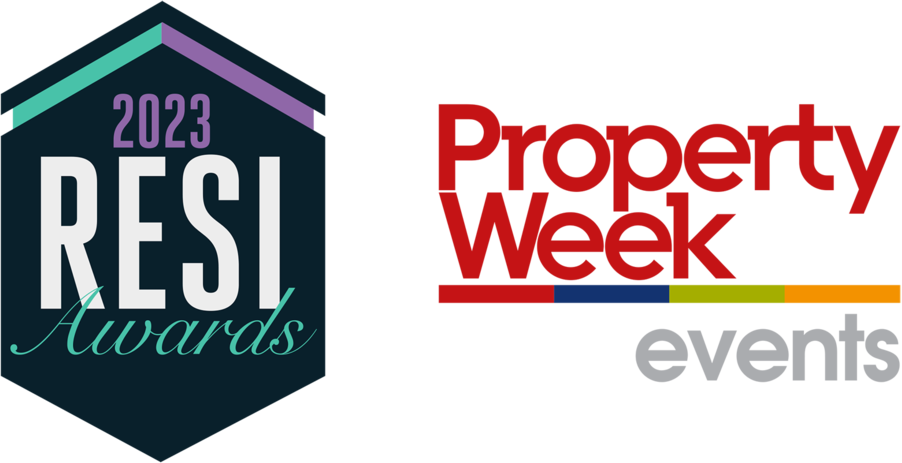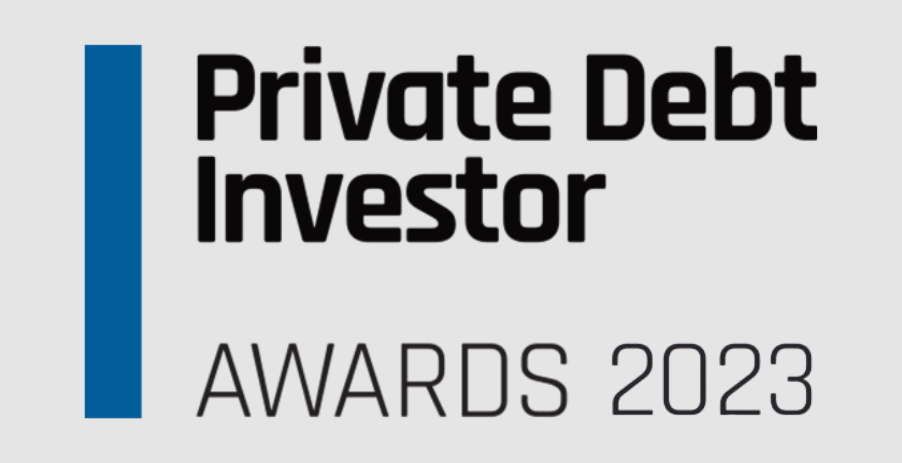
Late last year, Andrew Whitaker, a colleague at Precede, launched a LinkedIn series on the 2022 Building Safety Act (BSA). His first piece covered the three Gateways in detail, with the second piece exploring the risks and challenges for developers. In this article, we revisit the current landscape – examining recent developments, guidance updates, and the practical realities now facing the market.
By Jamie Rahman (Precede) & Katie Roche (Nexus Real Estate)
The new Building Safety Regulator (BSR), established within the Health and Safety Executive (HSE) to oversee the safety of residential buildings in England, promised to raise standards. Instead, persistent delays at Gateway 2 are stalling schemes, straining programmes, and creating funding pressures across the market. In response, the government has announced that the BSR will be removed from the HSE and transition to the Ministry of Housing, Communities and Local Government (MHCLG). It will initially operate under a shadow board chaired by former London Fire Commissioner, Andy Roe, with the intention to evolve into an executive agency. This structural shift is part of a wider drive to restore confidence in the system, with longer-term plans to create a single construction regulator through the integration of multiple oversight bodies.
To recap, the BSA pertains to new developments in England deemed ‘high risk’ – defined as buildings that are at least 18 metres tall, have at least seven storeys, and contain at least two residential units. Any building matching this must pass through all three of the following ‘Gateways’ to secure permission to build and operate:
Gateway 1 | Planning: Requires developers to demonstrate fire safety considerations are integrated into the building’s design during the planning application stage.
Gateway 2 | Pre-Construction: Construction cannot commence without BSR approval at this stage. This involves submitting comprehensive plans and documentation demonstrating compliance with building regulations, including fire safety, structural integrity, and competence of those involved. The complexity of these submissions has put substantial strain on BSR resources, causing unprecedented delays in the approval process.
Gateway 3 | Pre-Occupation: Occupation cannot proceed without a BSR completion certificate, confirming their satisfaction that the building has been constructed in accordance with the approved plans and regulations. The risk of detrimental cost and programme implications arising from delayed approval at this stage is an increasing concern. It is also a particular risk for PBSA schemes which are required to be open by the start of the relevant academic year (or risk being left unoccupied for that period).
In April this year, it was revealed that the BSR missed two-thirds of its target to clear the backlog of Gateway 2 applications, stalling the delivery of schemes nationwide. This isn’t simply a matter of programme drift; it directly impacts cashflow, capital deployment, interest accrual, and risk management. As a result, Precede has observed a sharp rise in demand for bridging finance to cover the funding gap between Gateways. These products have become a tactical hedge for developers against the uncertainty of BSA procedures, by preserving liquidity, absorbing the cost of delay, and safeguarding the lender’s security position pending approvals. Further, this ‘tactical hedge’ becomes a necessity for developers when lenders and equity partners make advancing capital contingent on Gateway 2 permission, which is often the case. Proactively structuring facilities with these contingencies in mind protects IRR, maintains portfolio performance, and keeps well-planned schemes on track despite regulatory lag.
Evolving Guidance and Industry Response
In parallel, the government has also introduced specific operational measures intended to accelerate housebuilding and improve the performance of the BSR. These reforms include a leadership overhaul, the introduction of a fast-tracked approvals process, and increased investment – a direct response to the long wait times between the Gateways.
Complementing this, the Construction Leadership Council (CLC), in collaboration with the BSR and industry experts, released a new suite of guidance notes to support applicants navigating Gateway 2. This guidance aims to demystify submission requirements, reduce invalid applications, and create a more structured approach to the building regulation approval method for new Higher-Risk Buildings.
The suite includes:
– A Gateway roadmap
– Clarification on the required level of design detail
– Use of ‘approval with requirements’ where appropriate
– Project brief templates and document schedules
– Best practice on submission formatting and document management
– Strategic advice for multi-building applications
These updates mark a step towards operational clarity and consistency across the industry. From our perspective at Nexus Real Estate, the guidance is both necessary and overdue. Gateway 2 submissions have been routinely undermined by unclear expectations, especially around design development, specification, and evidence of compliance. The new documents help translate what constitutes ‘sufficient detail’, yet without a clearly agreed protocol, developers risk rework and delay. We recommend focusing on concise, technically demonstrable outputs and consider early engagement with the BSR critical, particularly for ‘approval with requirements’, as its practical application remains comparatively untested.
Encouragingly however, recent months have seen the first wave of successful Gateway 2 submissions under the new regime, offering tangible insight into what a robust and compliant application entails. While challenges remain, these outcomes confirm that meaningful progress is achievable with the right preparation. Nexus Real Estate is working with developers to identify and address BSA-related risks early in the project lifecycle, helping lenders maintain certainty over project outcomes. Our role extends to providing considered opinions on Gateway strategies, enhanced due diligence on competence, cost and programme sensitivity analyses, and ensuring that completion and occupation obligations are embedded from the outset.
A Broader Lens
The House of Lords Industry and Regulators Committee has launched a public inquiry into the effectiveness of building safety regulations for higher-risk buildings, prompted by concerns over BSR delays and the resulting impact on housing delivery. The Committee is inviting written evidence until 31st August 2025, on topics such as whether the Gateways are proportionate, adequacy of current guidance, the potential for an organisational rather than a building-specific approval model, and how the framework might be improved.
Nexus Real Estate views the inquiry as a welcome opportunity to highlight practical realities, including progress made and the operational challenges that remain. While regulatory rigour is essential, delivery confidence is equally critical, and the sector needs a structure that prioritises safety without undermining viability. We see scope for pragmatic reforms that maintain high standards while streamlining process, and cautiously view this as a step towards a more balanced, outcomes-focused system.
Precede views this as a unique chance to share insights into what’s working, what isn’t, and how this legislation affects the provision of vital new homes in England. Precede will also be submitting evidence and encouraging stakeholders across the sector, from lenders and investors to developers, designers, and contractors, to add their voices to the discussion.
Looking Ahead
The BSA represents a vital evolution in how the built environment approaches risk, accountability and safety. But delivery is only achievable if regulatory expectations are balanced with pragmatic implementation.
The industry must take a proactive role by:
– Engaging early with BSR, duty holders and advisors
– Adopting CLC guidance as a roadmap for Gateway 2
– Embedding digital tools that enable the golden thread
– Anticipating Gateway timelines in programme and funding arrangements
Nexus Real Estate and Precede remain committed to supporting clients through the evolving regulatory landscape, offering strategic capital solutions and technical advisory services that keep projects moving, safely and compliantly, through every stage of development.


















